Latest News: Forex
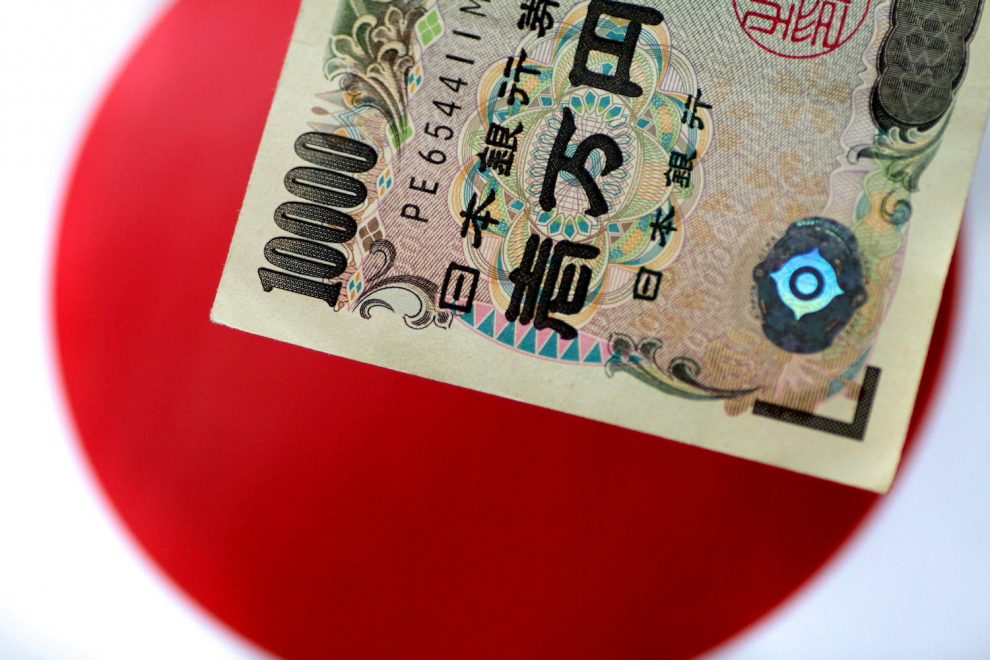
The deficit could reach $130 billion for fiscal 2022 if crude oil bounces back to $130 a barrel and the yen trades at 120 against the dollar
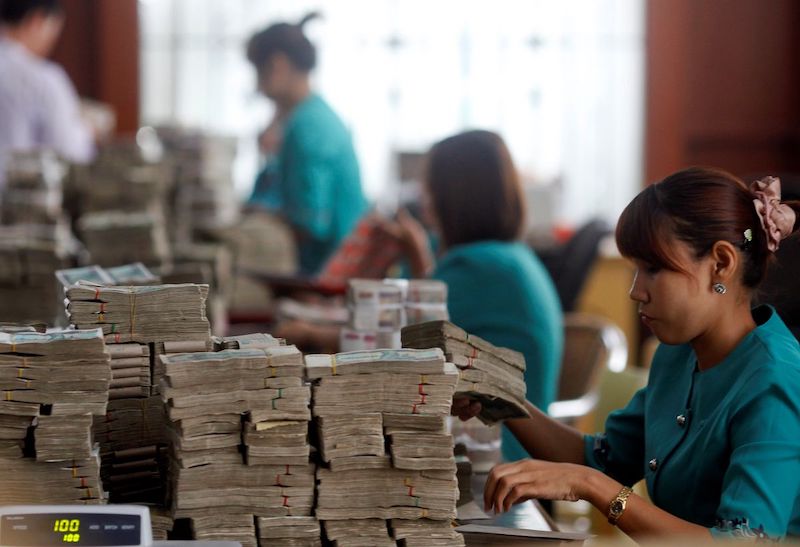
The Central Bank of Myanmar ordered banks and other holders of foreign currency to convert these deposits into the local kyat currency
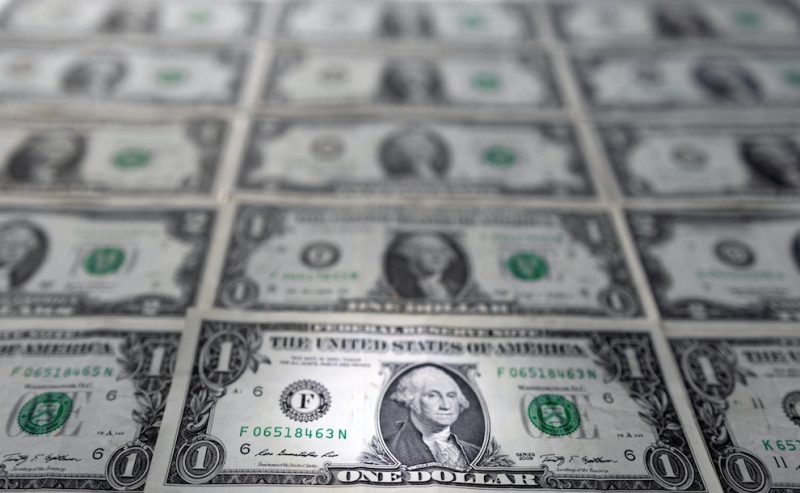
The US dollar index strengthened on Friday, supported by the prospect of more aggressive Federal Reserve interest rate hikes. It has gained ground on many rivals over the past month
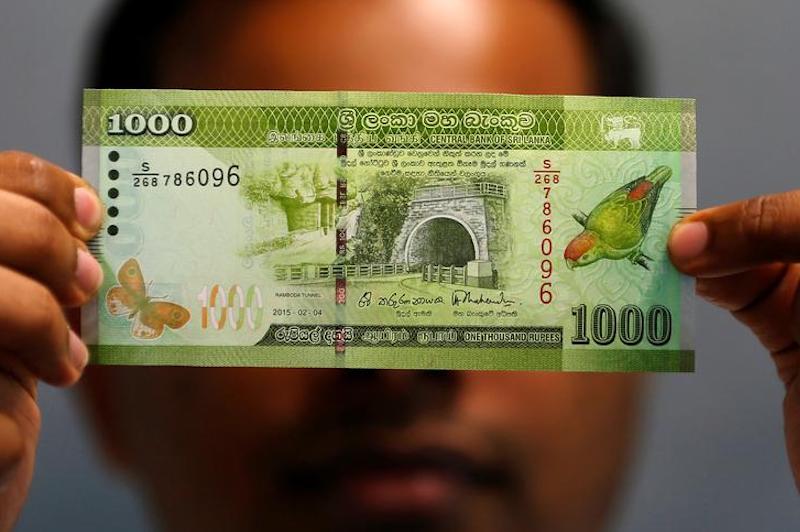
The currency was hovering near 300 per US dollar on Wednesday, down 32% in the year to date and lagging behind even Russia’s rouble

Hong Kong's currency peg means homebuyers could face fast-rising interest rates, because of its linked exchange system and upcoming US rate hikes, Nomura says

Companies were hit by supply disruptions and surging raw material costs caused by the Ukraine crisis and expect conditions to worsen in the three months ahead
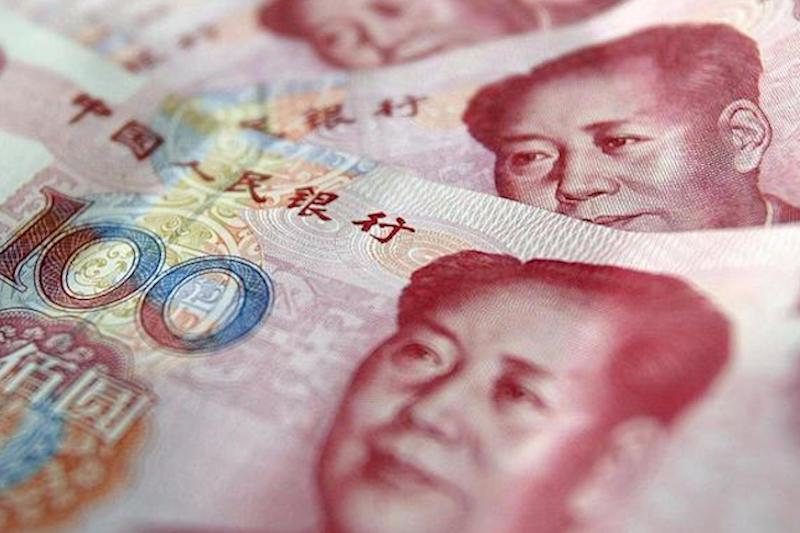
That gave it the third-largest share of the central bank's reserves. US dollar reserves fell to 80.34% of the total from 86.03% a year earlier

A soft yen was long seen as a boon to Japan's economy, but the country may need to rethink a fundamental assumption of its economic approach

Russian Foreign Minister Sergei Lavrov is set to fly to India this week, sources said, amid talk that Moscow wants to boost trade and payment systems because of sanctions over Ukraine
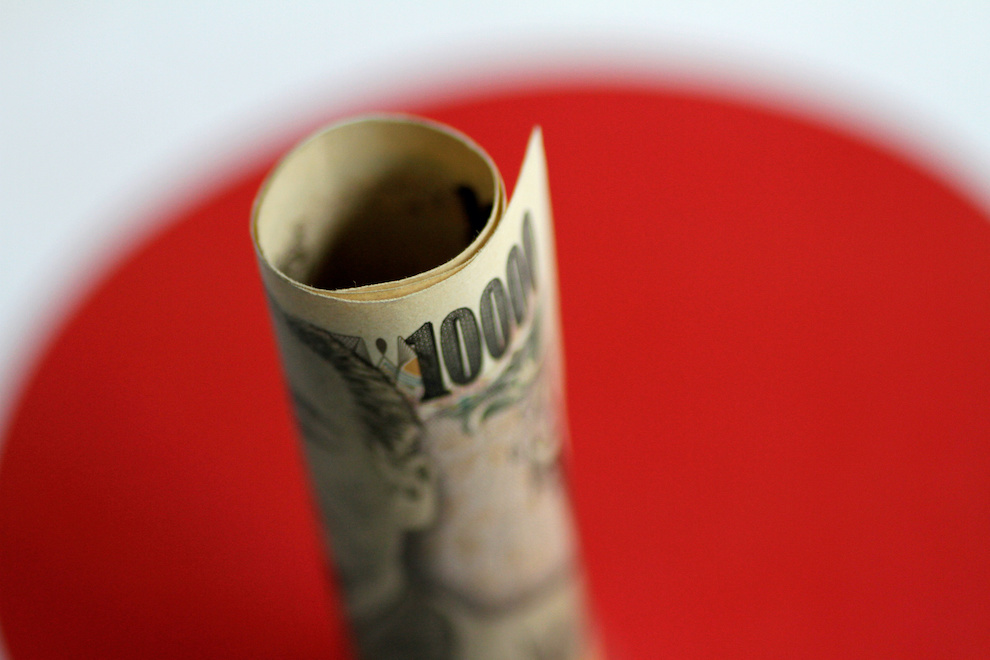
Japan and the US agreed to keep in close contact on currency issues, Japan's top currency diplomat said on Tuesday after the yen's decline to six-year lows against the dollar
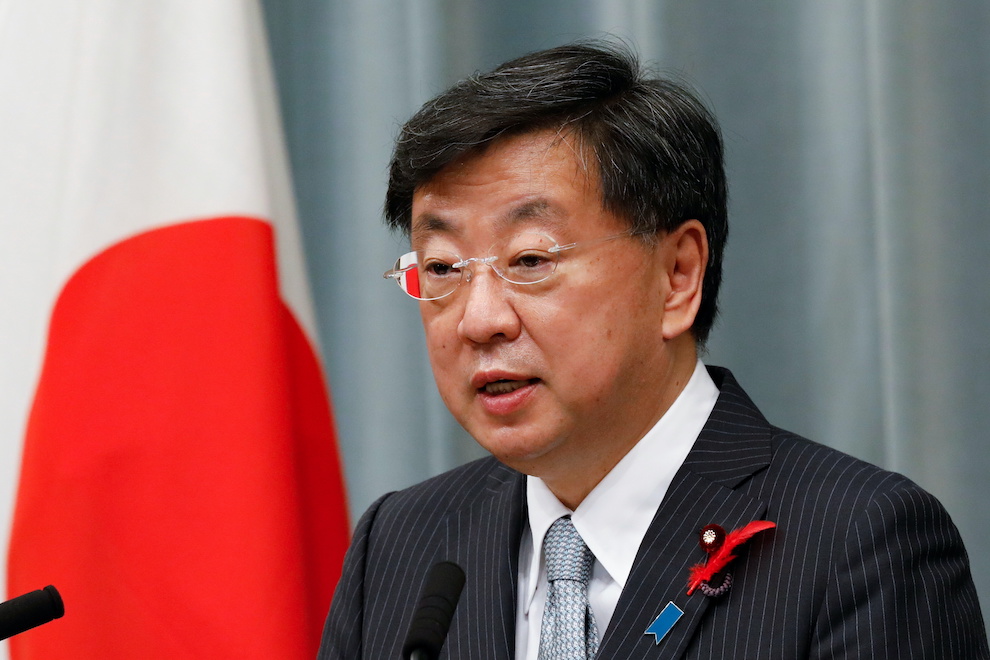
Japan will revise its Foreign Exchange and Foreign Trade Act in the current parliamentary session to prevent sanction-busting by Russia via digital assets, the Cabinet secretary said
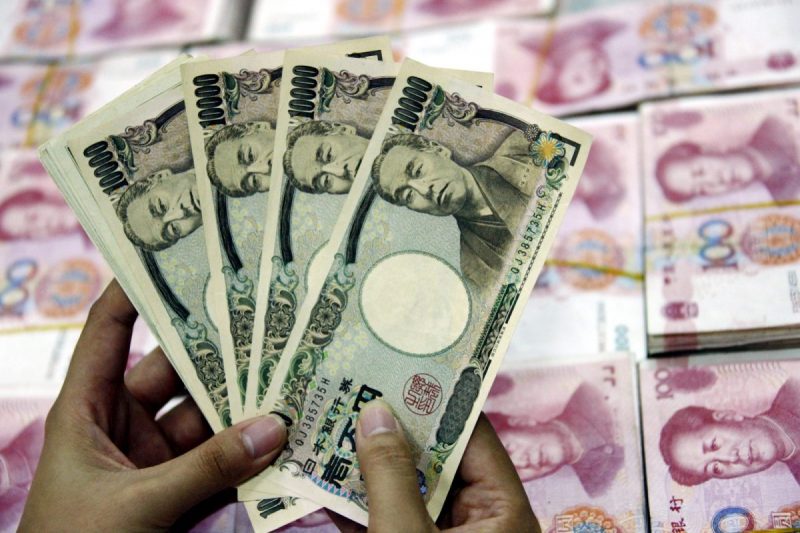
The benefit from a weak yen comes more through an increase in the value of profits companies earn overseas, rather than a rise in export volume
AF China Bond
- Popular
















